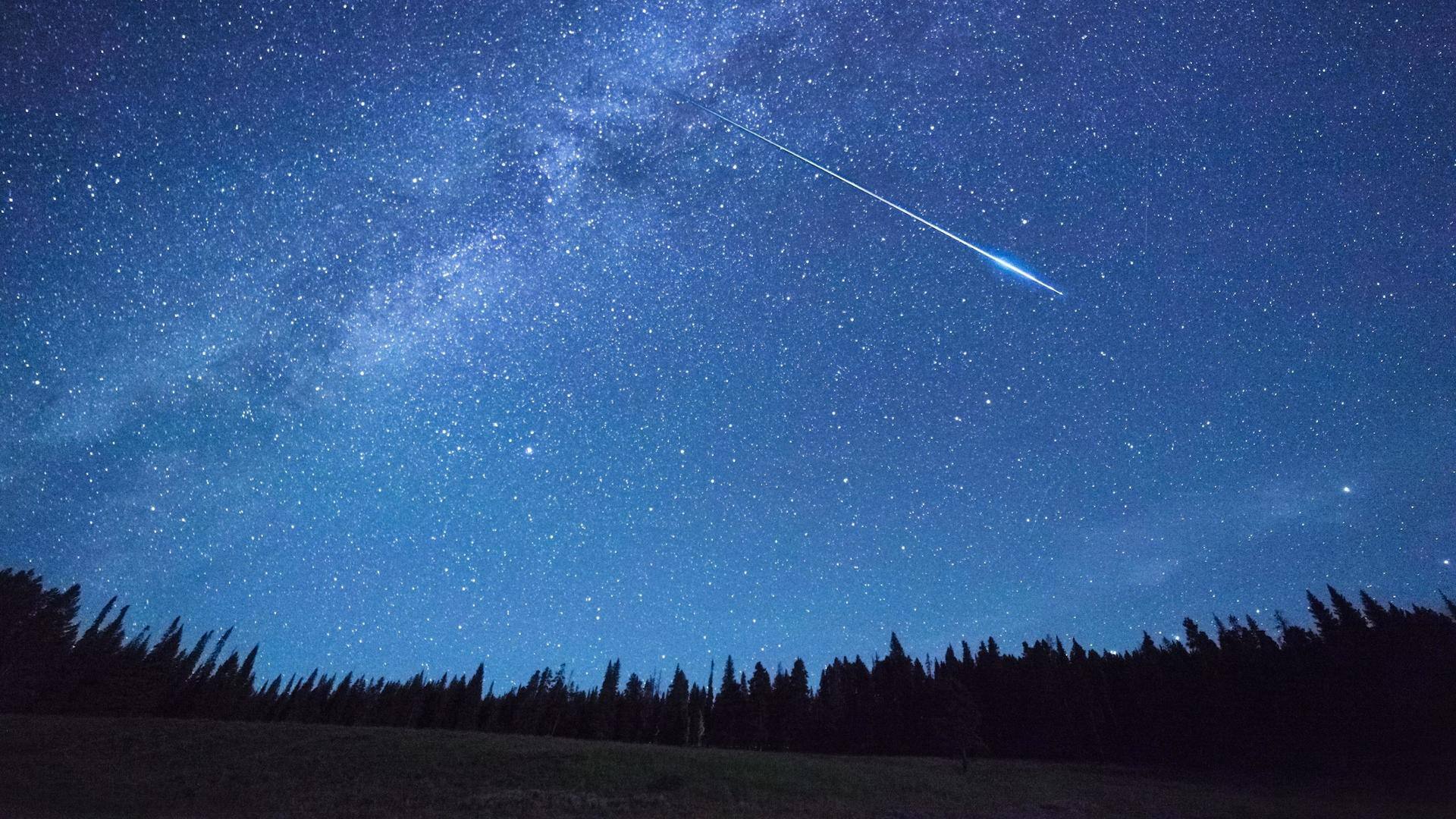
Leonid meteor shower: How and when to watch it?
What's the story
Leonid meteor shower is one of the most famous and fastest meteor storms. This bright celestial event is triggered when debris left behind by the Tempel-Tuttle comet interacts with the Earth's atmosphere. The event commenced on November 3 and will continue till December 2. It will peak on November 18. Around 10 to 15 Leonid meteors can be seen per hour.
Context
Why does this story matter?
According to NASA, a Leonid 'storm' can take place every 33 years. Such storms can display thousands of meteors per hour. Earlier in November 1966, an intense Leonid storm was witnessed where thousands of meteors were seen within a 15-minute duration, and it almost seemed as if it was raining. The last Leonid storm took place in 2001.
Facts
Leonid meteor showers are one of the fastest
The shower is sparked when Earth's orbit intersects the dusty trail left behind by 55P/Tempel-Tuttle. It is a small comet that takes about 33 years to complete one orbit around the Sun. The radiant, or the point from where the Leonid meteor shower originates, is the constellation, Leo. It is one of the fastest meteor showers with an average velocity of 71km/s.
Information
The Leonid shower will peak on November 18
The Leonid meteor shower is currently active. It began on November 3 and will be visible till December 2. It will peak on November 18 and around 10-15 meteors can be seen per hour under ideal viewing conditions.
Steps
How can I observe the meteor shower?
The best time to witness this event is around midnight. Spot a dark area, away from any light source. Recline comfortably with your feet pointing toward the east. Allow at least 30 minutes for your eyes to get adapted to the lighting of the night sky. The showers are dispersed across the night sky, so do not focus only on the constellation Leo.
Details
Leonid showers are colorful
Leonid meteors travel close to our horizon and hence, are termed 'Earth-grazers.' They are also known for their long and colorful tails. Another interesting fact is that these showers are bright-colored because they contain fireballs. Fireballs are derived from large debris from comets and can persist longer than an average meteor streak. This Leonid meteor shower will peak during mid-November.